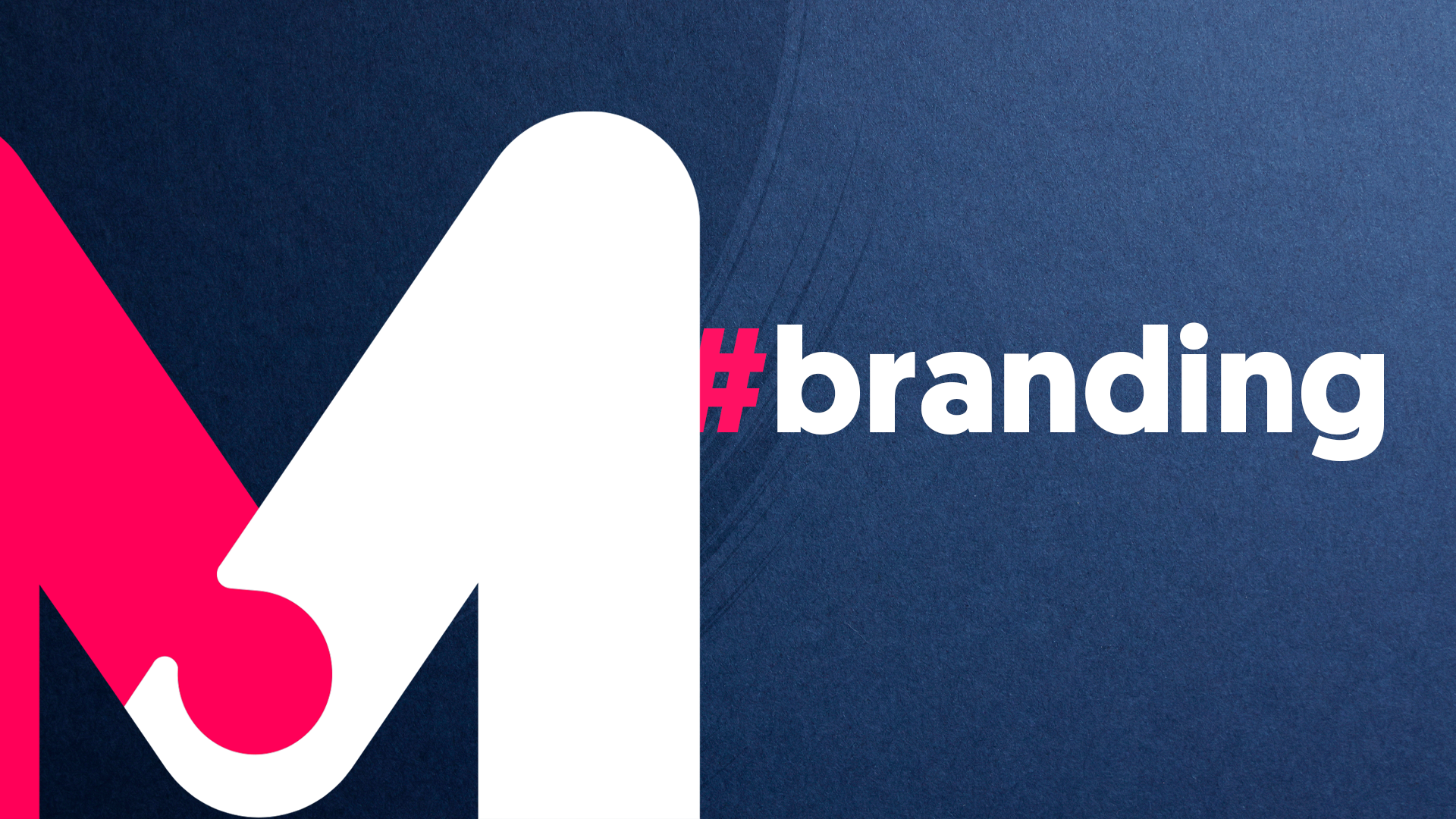In 2024, social commerce is transforming the way small businesses reach customers, making it easier than ever to sell products directly on platforms like Instagram, Facebook, and even TikTok. Social commerce enables businesses to showcase and sell products within the social media environment, where users already spend much of their time. This seamless shopping experience, where customers can discover, browse, and buy without leaving the app, is a game-changer for small businesses seeking to expand their reach and increase sales.
Why Social Commerce is Essential for Small Businesses
Social commerce combines the power of social media with the convenience of e-commerce, creating a unique shopping experience that’s interactive, engaging, and personalised. Here’s why it’s particularly valuable for small businesses:
- Reduced Friction in the Customer Journey
Social commerce allows customers to go from discovery to purchase in just a few clicks. Instead of having to visit a separate website, customers can browse and buy directly from a brand’s social media profile, significantly reducing the steps needed to complete a purchase. This streamlined process improves the chances of conversion, as customers are less likely to abandon their purchase halfway.
- Enhanced Discoverability
Social media platforms expose businesses to new customers through algorithms, recommendations, and user engagement. On Instagram, for instance, users can discover products via tags, Stories, Explore, and Shopping tabs. For small businesses, this means social commerce can serve as an organic and cost-effective way to increase visibility without relying solely on paid ads.
- Increased Credibility and Trust
Social commerce leverages the power of social proof. Customers can see reviews, likes, comments, and even user-generated content featuring the product. This transparency builds trust and credibility, as potential customers can see real-life examples of others using and endorsing the products.
By embracing social commerce, small businesses can take advantage of the platforms where customers are already spending their time, reaching new audiences and creating a seamless shopping experience that drives sales.
How to Get Started with Social Commerce
Implementing social commerce can be simple and affordable. Here are some key steps to help small businesses start selling on social media:
- Set Up an Instagram Shop
- Why It Works: Instagram’s Shopping feature allows businesses to create a digital storefront, tagging products directly in posts, Stories, and Reels. This setup helps users seamlessly transition from browsing to purchasing without leaving the platform.
- How to Implement: To set up an Instagram Shop, convert your Instagram account to a business profile and connect it to a Facebook catalog through Facebook Business Manager. Once connected, you can tag products in your posts and use the “View Shop” button to guide customers directly to your Instagram storefront.
- Benefits: Instagram Shop simplifies the purchasing process for customers and boosts discoverability, as users can explore products on the platform through multiple touchpoints. Small businesses can use shoppable posts to highlight new arrivals, seasonal offers, and best-sellers.
- Leverage User-Generated Content (UGC)
- Why It Works: UGC builds trust and authenticity. When real customers post photos and reviews of your products, it provides social proof and encourages others to make a purchase. Plus, UGC is often more engaging than branded content, as it feels genuine and relatable.
- How to Implement: Encourage customers to tag your business in their posts or use a specific hashtag. Share this content on your profile or in Stories, showcasing happy customers and real-life product use. You might also consider running a UGC contest to incentivise customers to share their experiences.
- Benefits: UGC helps create a community around your brand and acts as free advertising. When potential customers see others enjoying your products, they’re more likely to trust your brand and make a purchase.
- Use Direct Purchase Links in Stories, Posts, and Ads
- Why It Works: Direct links make it easy for customers to purchase products without navigating away from the platform. Instagram, Facebook, and even TikTok allow businesses to add product links in posts, ads, and Stories, helping customers find and buy products instantly.
- How to Implement: Add clickable links to product pages in Stories, in-feed posts, and ads to create a one-click shopping experience. On Instagram, use features like “Swipe Up” (or “Link Sticker”) in Stories to direct users to purchase pages. Facebook and Instagram ads can also feature call-to-action buttons like “Shop Now” or “Learn More.”
- Benefits: Direct links reduce friction in the buying process, allowing customers to purchase with minimal steps. By making the path to purchase as simple as possible, businesses can increase conversion rates and reduce abandoned transactions.
Real-World Examples of Social Commerce Success
- Boutique Clothing Store: A boutique clothing store might use Instagram Shop to tag products in its latest fashion posts, allowing customers to purchase outfits directly. The store could feature UGC, sharing photos from customers who showcase their new outfits, adding credibility and inspiring other followers.
- Local Café with Merchandise: A local café selling branded mugs, tote bags, and coffee blends could use Instagram Stories with direct purchase links, allowing customers to browse and buy without leaving the platform. Sharing UGC, like photos of customers using the café’s products at home, can build community and attract new buyers.
- Handmade Jewelry Business: An independent jewelry maker could set up a Facebook and Instagram Shop to showcase products like rings, bracelets, and necklaces. By sharing user-generated content featuring customers wearing the jewelry, the brand builds trust and inspires potential customers to make a purchase.
The Benefits of Social Commerce for Small Businesses
For small businesses, social commerce offers numerous advantages that make it an essential tool for 2024:
- Increased Visibility: Social platforms’ discovery features expose your products to new audiences, making it easier for people to find your brand.
- Streamlined Customer Journey: Social commerce minimises the steps required to complete a purchase, reducing barriers and improving conversion rates.
- Community Building: Social commerce enables businesses to build a loyal community, leveraging user-generated content and social proof to foster trust and connection.
To learn more about leveraging social commerce for your business, check out Sprout Social’s What is social commerce?
In 2024, social commerce is set to play a significant role in the success of small businesses. By using shoppable features, sharing user-generated content, and simplifying the buying process, small businesses can connect with customers in meaningful ways and create a seamless shopping experience that drives growth.
To see how Marketing Together can help you book a discovery call and contact us today.
At Marketing Together, we understand the importance of this investment. That’s why we’re offering a new, custom-designed, conversion-optimised website for free when you sign up for six months of digital marketing services—a $5000 value at no extra cost.
Don’t let your website be the weak link in your marketing strategy. Contact us today to start building a site that not only looks great but also performs brilliantly.
Contact Us Today

